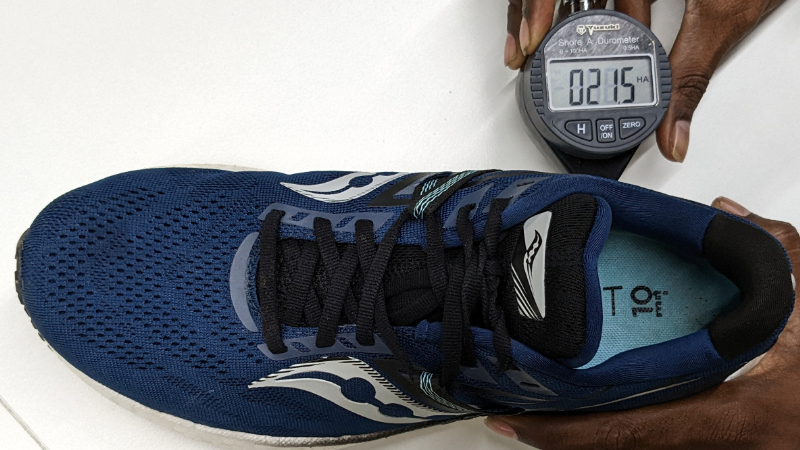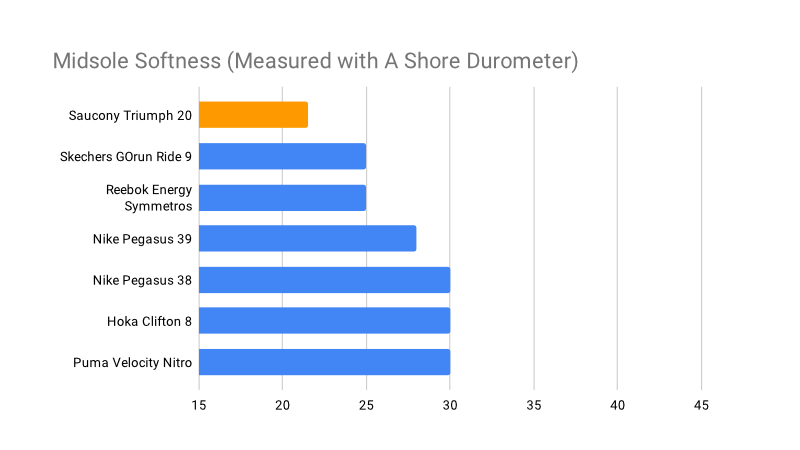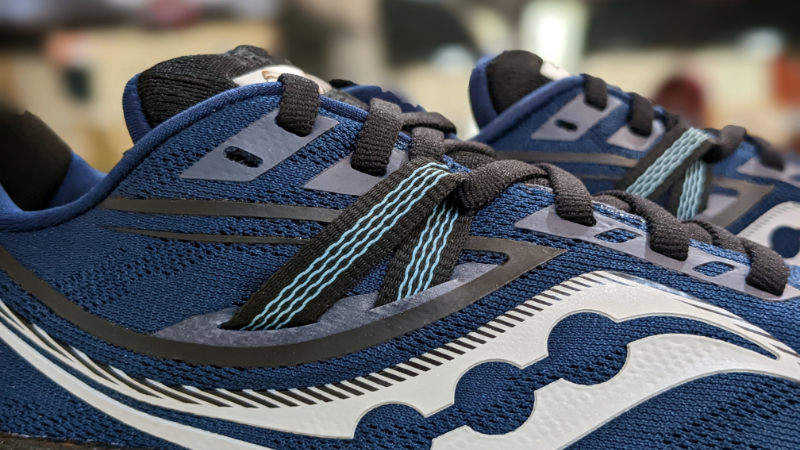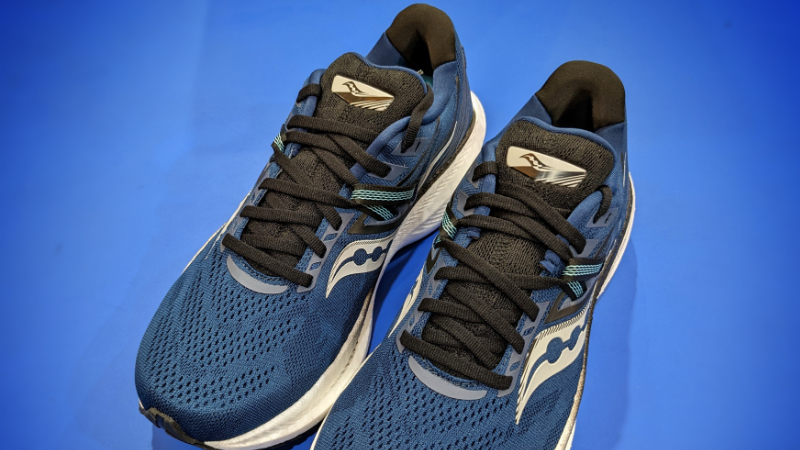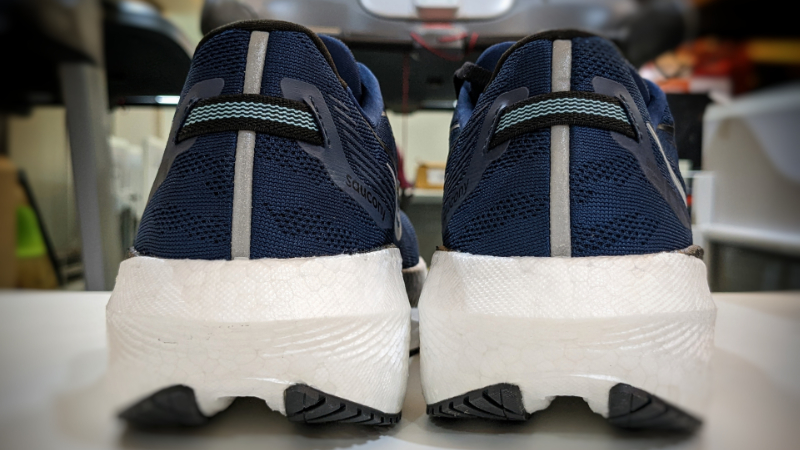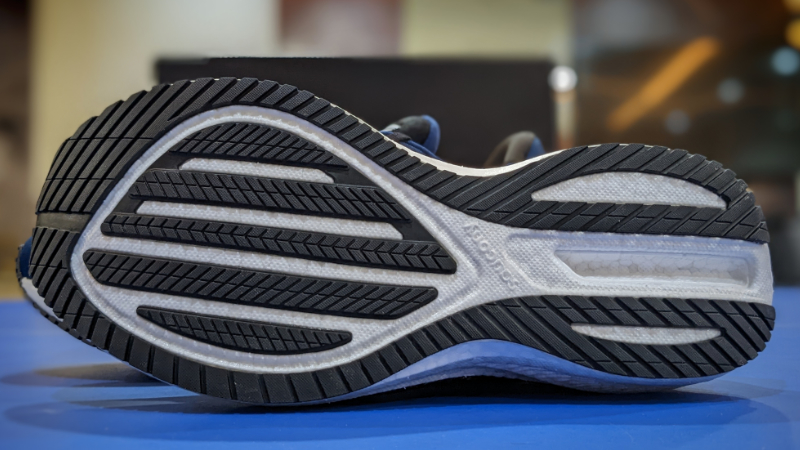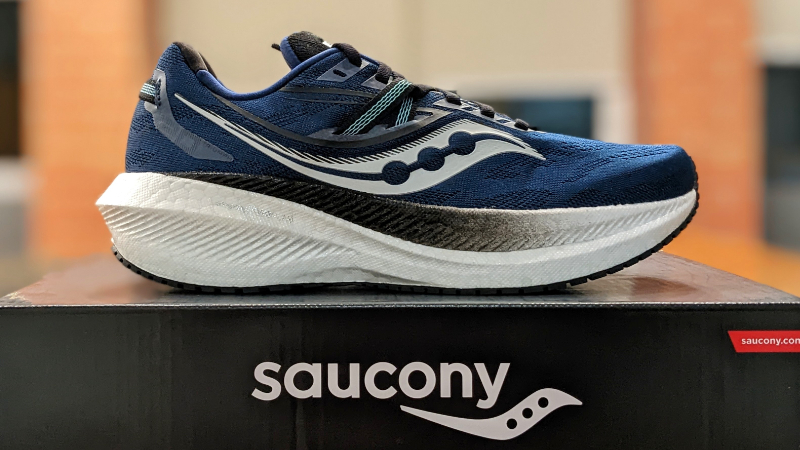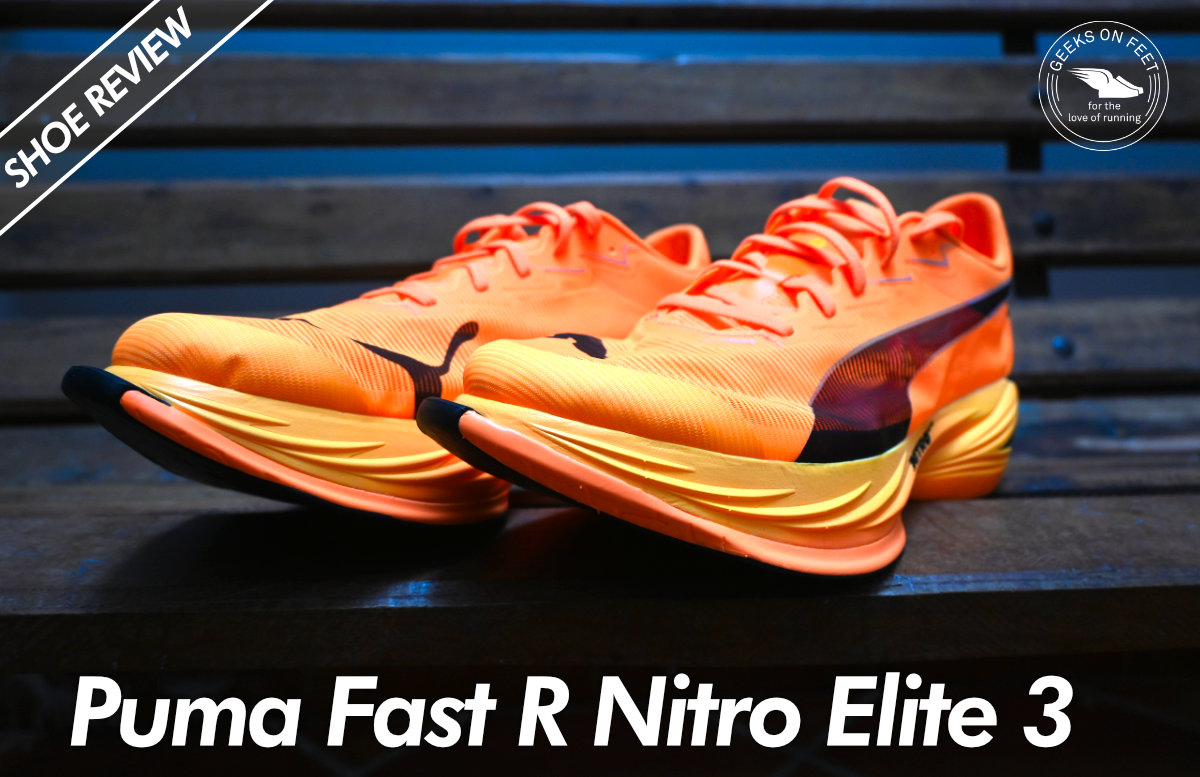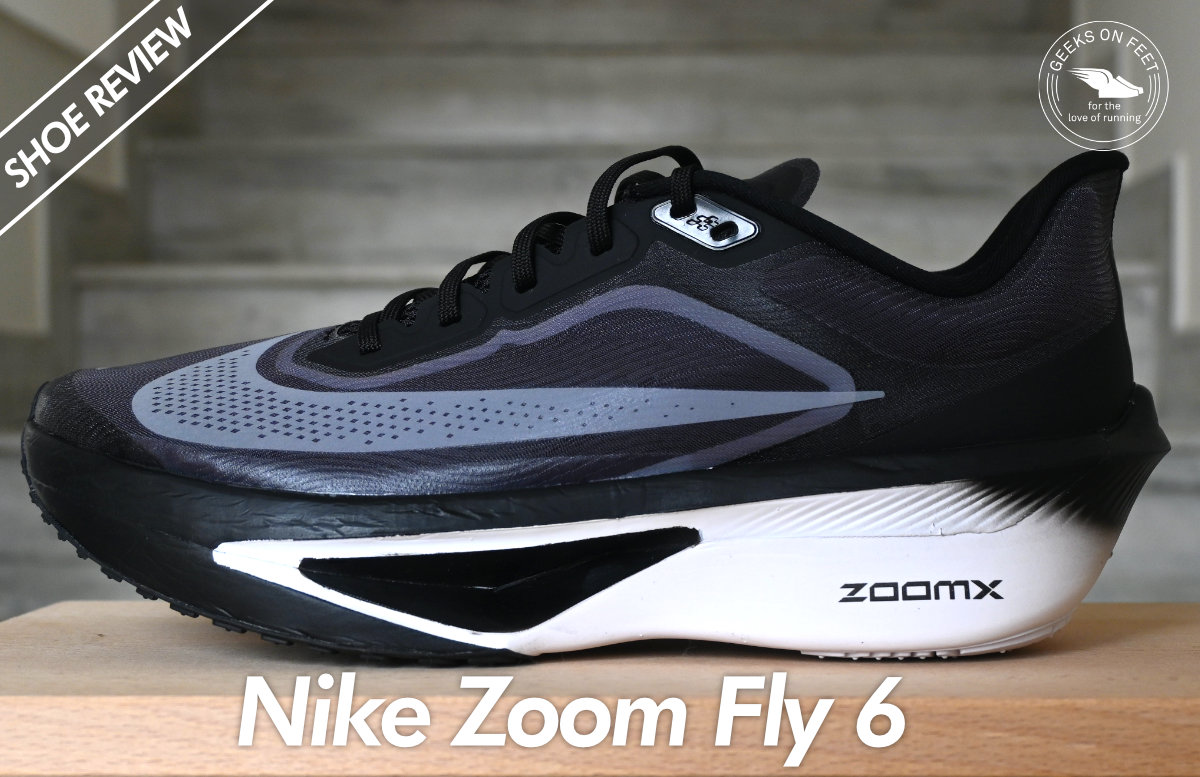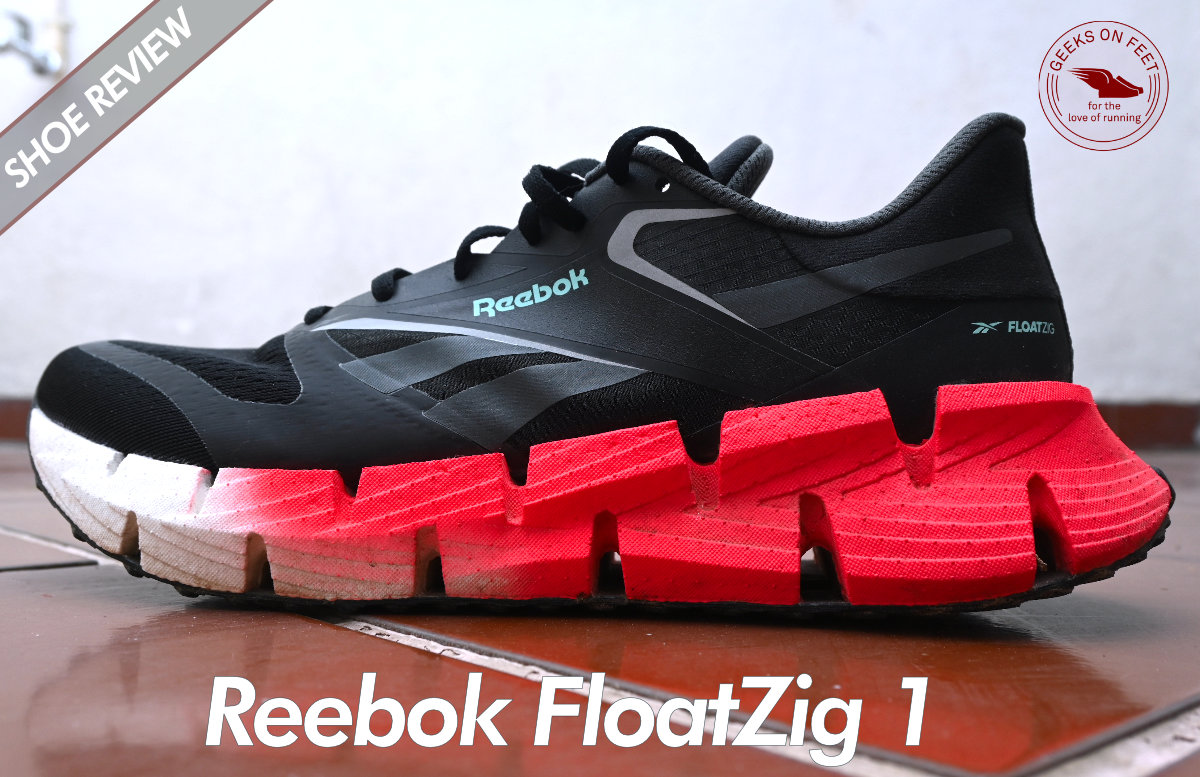Saucony Triumph 20 Review
Saucony’s premier max-cushioned daily horse triumphs with a major upgrade
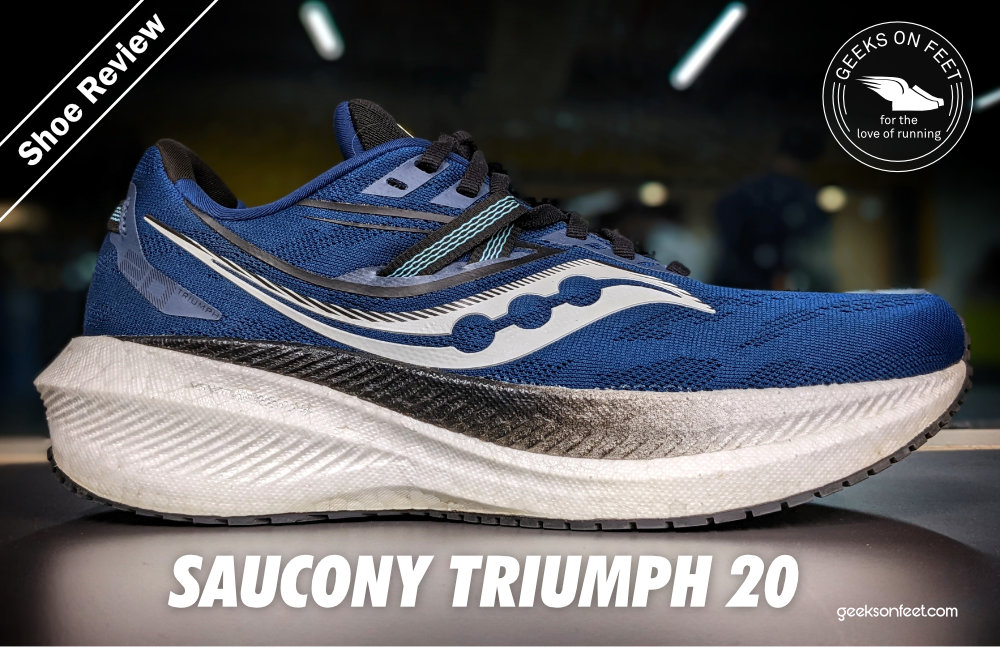
In spite of the carbon-plated super shoes hogging all the attention, the trend for high-stack and maximalist shoes continues. The shoe companies continue to innovate the maximalist shoe category, making them lighter and more versatile, and that's highly evident in the Saucony Triumph 20. A lot of attention is being paid to the midsole, and that's exactly where the Triumph 20 shines.
The Saucony Triumph 20 is a premium neutral max-cushion daily trainer. Triumph is Saucony’s workhouse which offers a plush, luxury upper with soft premium cushioning. Since its earliest iteration, the Triumph series has been acclaimed for its plush cushion, sometimes referred to as the hotel bed mattress, generally soft and springy. Starting from the Progrid Triumph in the early 2000s, to the ISO Triumph between the 12th to 16th editions, until the series was just called Triumph, the series has always offered an 8mm drop. This is where the 20th iteration took a leap step by offering a 10mm drop. But the overall purpose to offer a luxurious softer responsive ride remains the core offering of the series and Triumph 20 is no different. Triumph 20 in fact goes on a diet to shred some weight amidst all the major changes.
The pair of Saucony Triumph 20 was sent to us for review by Saucony India. That said, stay rest assured about a neutral review since this is neither a sponsored post nor Saucony India has got any say about the review. In India, Triumph 20 is officially priced at ₹15,990. However, you would find them at a much cheaper price at online stores such as Flipkart and Amazon, or at the official Saucony India online store with discount code.
Unboxing the Triumph 20 for me was a major throwback to unboxing Hoka Clifton 8. They both are built like solid block, but they are the lightest and the softest. So let’s dive into the detailed review.
🎧 The World of Running
Listen to podcast episode All About Running Shoes to understand the current running shoe trends, choosing the best running shoes and more.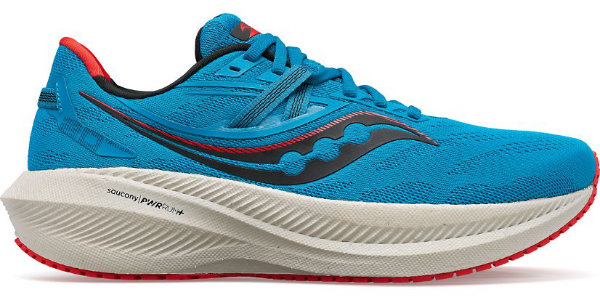
N.A
N.A
What makes up Saucony Triumph 20?
Saucony Triumph sees major and notably welcoming updates throughout the shoe. An increase in stack height from 32.5mm to 37mm and a heel drop from 8mm to 10mm are significant updates from the earlier edition. The midsole features a full-length revamped PWRRUN+ foam. The cushion is energetic and responsive on every stride. The forefoot features an early rocker, whereas the shoe overall receives a new geometry to enhance the gait cycle.
Even with the added stack height, Triumph 20 is the lightest max-cushion shoe I have had so far. It weighs 270 grams for UK size 8 which is lighter than its competitors in the category.
Midsole
The Triumph 20 features PWRRUN+ foam in the midsole. The heart of the shoe has been powered by PWRRUN+ since Triumph 17, launched in 2019. PWRRUN+ is a modern e-TPU based midsole made from fused TPU beads, which is similar to Adidas Boost foam. However, Saucony has managed to innovate and reduce its weight significantly when compared to Boost foam. Triumph 20’s PWRRUN+ midsole has been further tweaked to make it much softer and lighter than before.
The softness of the cushion varies significantly from the heel to forefoot. The heel feels plusher, and the forefoot is comparatively firmer. The stack height at the heel is measured at 37mm whereas the forefoot is 27mm, hence offering a 10mm drop. The midsole has a deep groove at the heel, which helps it to compress inwards and makes the shoe stable while reducing some weight.
The shoe has a stack height of 34 mm on the heel and 28mm on the forefoot with a 6 mm heel-to-toe drop. The midsole additionally features M-strike technology, commonly known as a rocker, to promote a midfoot strike and for a quicker transition from heel to toe.
Upper
The upper of the Triumph also sees a significant change. It features a seamless engineered mesh, which is breathable, while it didn’t feel like one at first impression. The lacing mechanism also sees a big change. The shoe features reinforced eyelets both on the lateral and the medial side and adds an extra strap-based eyelet (a throwback to ISOFIT). This pulls in the sides of the shoes to give you a perfect lock of the midfoot. This is not the first time Saucony has attempted this mode of lockdown in the Triumph series. Triumph ISO 2 and 3, which is technically Triumph 12 and 13 respectively, featured a full-length ISOFIT system. Those who are familiar with Flywire from the Nike Pegasus series can see the similarities here.
Triumph 20 is not just plush in the midsole, but also in the upper. The heel counter and the tongue is decently padded. I assumed they would impact the breathability of the shoe, but I guess I was wrong.
Heel
The heel is the reason why the 10mm drop doesn’t feel like one. It feels more like an 8mm drop for two reasons. The primary reason is the softer midsole on the heel. You feel the compression the moment you are on your heel. The more important reason is the heel bevel. The heel bevel here is more aggressive than any daily trainers out there, especially in the max-cushion category.
The heel counter on the Triumph 20 is rock solid. The overall width of the heel runs narrower, which along with sufficient padding keeps the heel and the ankle locked pretty well. Triumph 20 didn’t bother my Achilles even with my Haglund deformity.
Outsole
The outsole rubber on the Triumph 20 is generously thick. The rubber covers most of the midsole at the bottom.
Why should one consider this shoe?
The fall and winter seasons in the northern hemisphere are when India enjoys the best climate for running, and hence sees the most road races happen. The season holds the World Athletics Elite Label races like the Delhi Half Marathon and the Mumbai Marathon.
I have been training to build up my mileage to a Marathon later in this season, and Triumph 20 seemed a great choice. If you are someone who's looking to build up mileage, especially for the longer races, The maximalist shoes are rarely versatile, but this is again where Triumph attempts to stand out. You can put in a variety of paces from recovery to tempo. More details about it are in the next section.
Ride In Triumph 20
We'll talk about the performance of the shoe here. To test them out, I have run over 100KMs on them with a variety of runs, notably three long runs including a 25K, and a speed interval session.
The first run was me trying to understand the shoes. The higher stack height was quite felt, however, the foam below the heel is so soft that you feel it's compressing just when you are on your feet. Even with all the softness in the midsole, the ride felt firmer on the forefoot, and I'm not complaining. The rocker geometry on the forefoot to help your foot to transition faster is something I'm yet to experience, which means the rocker is very mild. That said, I neither expect such propulsion from a max-cushioned shoe. Having a rocker probably defeats the purpose of having all those softer elements in the midsole.
The long runs in them felt refreshing. There is a humble response on every stride from the PWRRUN+ midsole. Once I'm exhausted, that's when the magic starts. It's a marshmallow ride once you start striking on your heel. It's one of the shoes that is here to break the myth that "heel-striking is bad" in running. This shoe will work like an absolute charm for heel-striking runners, a big kudos to the heel bevel too. The heel bevel on Triumph 20 is aggressive enough to give you an apt gait cycle even when one lands on the heel. The transition from heel to toe works seamlessly. The shoe works very similarly on your recovery sessions as well. The magic is on the heel, don't look anywhere else!
The speed intervals on them was a bummer. I was landing on my heel even if I didn't want to. This outright ain't a speed intervals shoe or a tempo day shoe, but I'll stick to the point that it's versatile enough since I have managed to click some tempo paces on them comfortably. If you are a one-shoe guy, who would also like to clock some tempo and interval paces, you might want to consider the Saucony Ride 15, which is more versatile than Triumph 20. Triumph 20 is also great for runners who are on the heavier side, with all the great cushioning here.
Fit & Comfort Out of the box, the shoe looks huge and heavy. Let me remind you that the Triumph 20 is the lightest one from the series, weighing around 275 grams for UK 8, it is on par with many daily trainers.
This is yet another maximalist shoe, where I have to warn you to not side with the look of it. The 37mm stack height sounds or feels unstable but offers a lot of comfort along with some stability (we'll speak about that in next section).
Rest assured, Triumph 20 fits true to size. The shoe is narrower on the heel to avoid any heel slipping, but has a wide toe box to accommodate the widest of the feet. This was my first trainer with a wide toe box, since I prefer narrower shoes. The reinforced eyelets paired with a strap on both the lateral and medial side ensured my mid-foot is well locked. The laces, which are quite thick, could have been a little longer. I barely manage a double knot on this one. I typically prefer a thin lace like the one offered in Skechers trainers, where a single knot works. I tested Triumph 20 with a single knot, and it pulled out within the initial 500 meters.
Breathability is of prime importance in tropical weather. The upper doesn't seem breathable, but Triumph 20 surprised me by working extremely well in the October heat for my long runs with its airy upper. The mesh material used is pretty comfortable and accommodative too. The padding around the heel counter and the tongue is comfortable too. I would be confident to pick them up for my runs on a hot humid day, which is always the case in Mumbai.
Stability
Triumph 20 is an out-of-box neutral shoe. Even with all that max-cushioning Triumph 20 is quite stable. The eyelets ensure the locking is perfect in the midfoot, and the wider toe-box ensures the feet stay well in place. The stiff heel counter and deep groove in the heel make sure your ankle is not wobbling around.
Otherwise, Triumph 20 isn't a stability-focused shoe. If you are looking for a maximal running shoe with more stability check out the all-new Saucony Tempus (upgrade from Hurricane 23).
Durability
Saucony has done a fabulous job with the outsole of the Triumph 20. The rubbers, since they are thick and they cover most of the midsole, make them more durable. Even with the thick rubber, I found them a little slippery on wet surfaces.
In terms of durability benchmark, I’ll put them on par with the Nike Pegasus series. One should be able to clock about 800KMs quite comfortably with this one.
Aesthetics
I personally love the Prospect Glass and the Ocean Restock colorways Triumph 20. The one I received for review is a Twilight Rain variant which looks just fine. But hey, It's all about the performance right? The heel counter and the sides, all carry some reflective elements, making your runs quite safer at night. So look here only for performance. Aesthetics take a backseat even though some of the colorways look fantastic. We do miss out on the gold color variant in India which looks fabulous.
Review Summary
Toe box
Forefoot
Heel
Size
Ventilation
Stability
Responsive
Cushioning
Grip
Ground Feel
PROS
CONS
RECOMMENDATION
The Saucony Triumph 20 is a premium max-cushioned shoe with just enough versatility. Triumph 20 is the lightest max-cushioned trainer amongst its competitors. It is a highly recommended shoe for those building up distances up to the marathon and looking for a comfortable shoe for long runs.The shoe is priced premium when compared to similar shoes such as Brooks Glyercrine 20 and Hoka Bondi 8 but is cheaper than Nike ZoomX invincible. The ride comfort, 37mm of cushioning, stability, and fit justify the price though. I would have been skeptical about recommending it, but when you consider the discounts on offer, it is a worthy pick as a shoe that makes your long runs extremely comfortable. If you are a heel-striker, this shoe makes even more sense.
For me, Triumph 20 will be a shoe for long runs, easy runs, and for recovery days. For rotation, I recommend pairing it with Saucony Endorphin Shift 3/ Saucony Ride 15 for daily training and Saucony Kinvara 13 for speed intervals and tempo runs.
SHOEGEEKS SCORE 95

Karthik
Recent Reviews
Puma Fast R Nitro Elite 3 Review
Oct 15 2025
Nike Zoom Fly 6
Jul 29 2025
Reebok FloatZig 1 Review
Jun 11 2025
